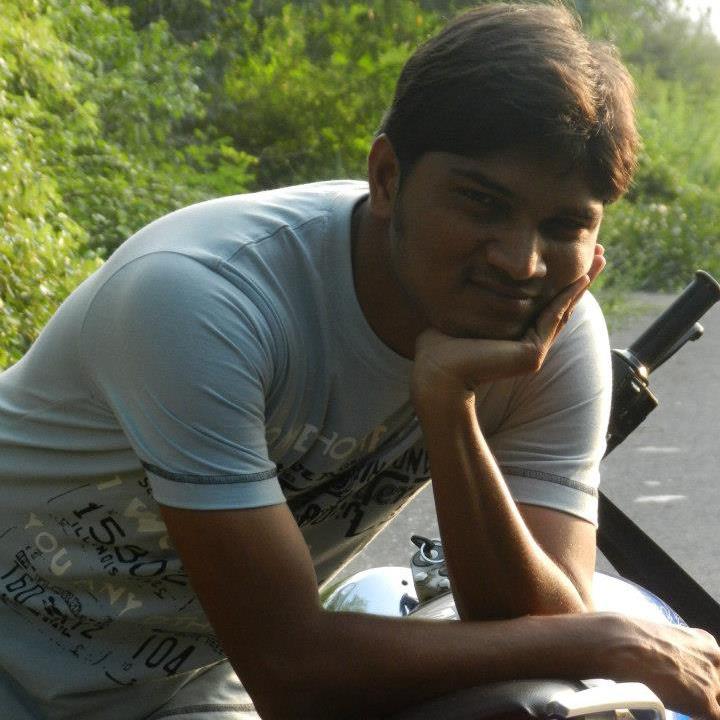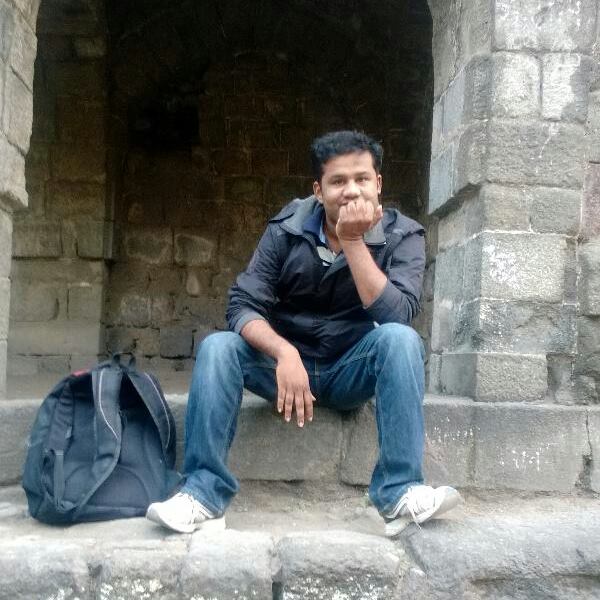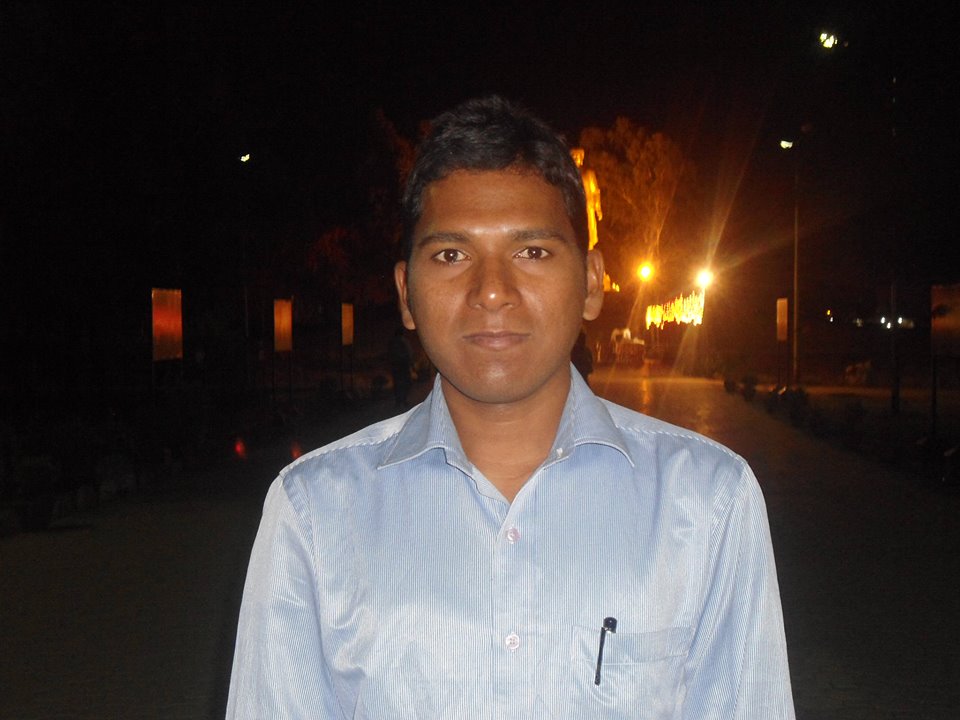N. Sukumar & Shailaja
To those children who
In coal mines, soot, and ash,
Furnaces and masonry…….
Bathe in the dust of sand, lime and cement,
And carry the stinking leather from the bone mill;
And
In the modern social order—-
In hotels, schools, hostels
And in the abode of the pseudo-religious
Become a victim of abuse,
And under the shadow of
Pain, misery, vulnerability, endurance—
Breathe, writhe…….1

Raju Pulyala
~
History repeating itself is an oft-heard maxim but the tragedy is being played out at University of Hyderabad and other elite brahmanical academic institutions. From Sunitha to Senthil Kumar2 to Pulyala Raju3, who will be the next victim to fall prey to the nefarious collusion of the mindscape which murders young innocents with impunity? Why were Mudasir Kamran’s desperate pleas for assistance deliberately ignored by the English and Foreign Languages University authorities?
When academic institutions which are supposed to nurture the future citizens of the democratic nation in order to establish an egalitarian society are accused of a deficit of trust, it exposes serious fault lines in the society. The past few days witnessed the suicide of a student in English and Foreign Languages University, Hyderabad and now Pulyala Raju took his own life in University of Hyderabad. In order to probe such incidents in institutions of higher learning, the UGC issued a Government Order on 19 July 2011, requesting that institution authorities be more sensitive to issues of exclusion and discrimination faced by the students. The government also appointed the Thorat Committee to investigate similar incidents. Needless to say, the report of the Thorat Committee is gathering dust.
Subaltern Bodies and Brahmanical Agraharas4
Law and custom denied social opportunities to vast sections of the Indian population, depriving them of both cultural and social capital. In order to bridge the gap, affirmative action was made constitutionally mandatory so as to enable the deprived populace to regain their dignity. Education, long regarded as a liberating and modernising force formed an important part of the social justice campaign. But although the Indian welfare state recognises its moral obligation to guarantee every child an education, this is a dream that is still far from being realised. The reservation quota is filled by the academic institutions because it is constitutionally mandatory. The system facilitates the entry of the marginalised groups who would never have been allowed an entry by the hierarchical social structure.
So far, so good. Once the student clears the entrance exam, the Dronacharyas get into action. Every trick under the sun is attempted in order to deny an enabling environment to the poor student who has the temerity to challenge their knowledge domain. The constitutional provisions are subverted and devalued in myriad ways. First, the question of “Merit”. The student is branded as “Quota’s Child”, who is not meritorious, talented or worthy to pursue knowledge. He/she is ridiculed for lack of proficiency in language, articulation, social skills, and the sophistication which comes naturally to those who are to the manor born. As these students are deprived of the ‘first benches’, they struggle to complete their courses, fail miserably, achieve low grades and often get pass percentage.
Getting into research is again very problematic for Dalit students. Since it is constitutionally mandatory (which again the Sciences faculty rarely practice), they are given admission but there are other means of exclusion. They qualify in the written examination but find it difficult to clear interviews. If they manage to make it, they are given less marks or failed in the course work, making them give up the course. Despite these hurdles, once they qualify for research, only Dalit teachers will be allotted to supervise them. In case, they are working with someone from the dominant caste, they face different kinds of harassment. Majority of the teachers do not wish to supervise Dalit students on the pretext that they are not ‘meritorious’ enough. For the marginalized students pursuing the technical education, the biggest blow is being denied laboratory facilities to conduct experiments.
The University of Hyderabad is known for its Manuvaadi ethos. How can one forget the rustication of 10 Dalit students who were the first generation learners from their families? Their families survived on daily wages. The brahmanical diktat decided not only to rusticate them from HCU but to prevent them from pursuing their studies in any other university in India for their entire lives. The Dalit students approached the A.P. High Court and the authorities hired a top notch lawyer with the help of the university funds. Let us salute the contribution of the late Dr. Balagopal who argued for the unfortunate students when the so-called ‘liberal and progressive’ academic and non-academic people maintained a studied silence.
The High Court in its judgement noted that the students can be rusticated only for two years but the criminal cases can be continued. With a single stroke, the careers of ten deserving students were curtailed. Nine of the students were pursuing research, four in sciences (CSIR fellowship) and five in humanities and social sciences. They had all cleared UGC-NET. The students rented rooms outside the campus to finish their studies. With their grit and determination, they all succeeded in fashioning lucrative careers for themselves.
Hence, humiliation of one sort or another is woven into the academic experiences of a Dalit student. They lead a stigmatized existence5. The majority of the first generation learners from the marginalized groups support themselves, their families and their peer group. Hence, any curtailment of their fellowship or other monetary aid like working for projects is like denying life support for them. No wonder, they are forced to suffer any humiliation from both teachers and the administration silently.
The authorities always want to keep their hands unpolluted. So, they come up with innovative and creative ideas in order to save their skins. Raju’s suicide is attributed to personal reasons, contrary to all evidence which proves his attempts to convince the authorities about his academic woes. One should locate these suicides as protest; however, it is extremely important to establish the ‘politics of presence’, which would ensure that subaltern bodies need not always dismember themselves when confronted by the agraharas.
Notes
[1] B. Kesharshivam, ‘The Whole Truth and Nothing but the Truth: A Dalit’s Life‘, translated from Gujarati by Geeta Chaudhuri, Samya, 2008.
[2] For further details refer N. Sukumar, 2008 “Living a Concept: Semiotics of Everyday Exclusion’. Economic and Political Weekly, Vol. 43, No. 46 (Nov. 15 – 21,).
[3] Pulyala Raju, student of MIL, University of Hyderabad, committed suicide on 19/03/2013.
[4]”Subaltern Bodies and Brahmanical Agraharas“. We are thankful to the student who spoke on Dalit Camera video posted on You Tube (20/03/2013)
[5] For further details, Refer Sanil M Neelakandan & Smita M Patil, Complexities of Inclusion and Exclusion: Dalit Students and Higher Education in India, Journal of Social Inclusion Vol:3 (1), 2012
~~~
N. Sukumar teaches Political Science at the Department of Political Science, Delhi University.
Shailaja teaches History at the School of Liberal Studies, Ambedkar University, Delhi.
[Picture courtesy: the internet]










